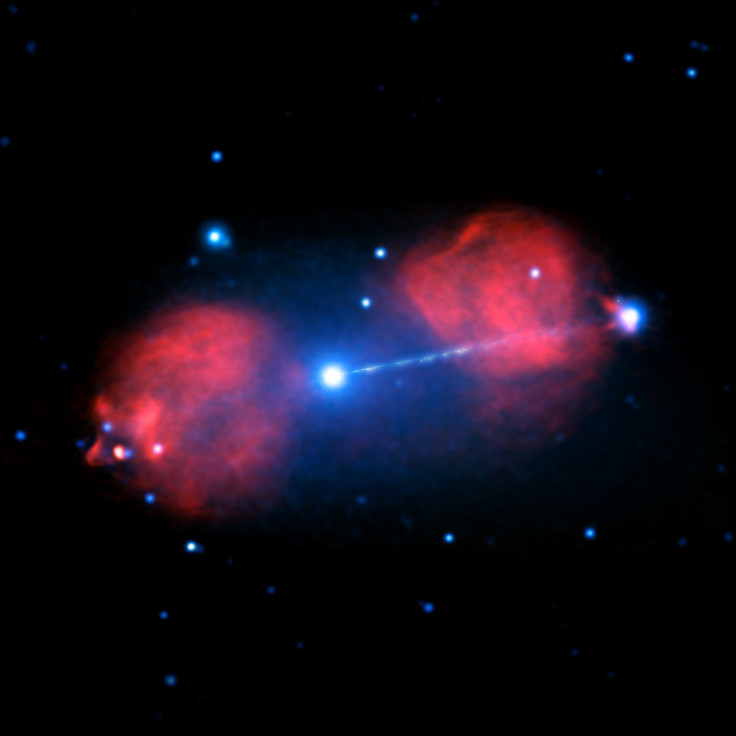Some Compact Radio Galaxies May Never 'Grow Up,' Survey Reveals

The universe we live in has hundreds of thousands — if not more — radio galaxies. For the longest time, astronomers believed that these structures, which are powered by supermassive black holes at their centers and thus shine brightly at radio wavelengths — formed when compact radio galaxies “grow up” and assume a double-lobed shape so distinctive of large radio galaxies.
However, this does not explain why there are so many compact radio galaxies in the observable universe.
Now, a team of astronomers has, in a study published in the latest edition of the Astrophysical Journal, argued that the relationship between the age and observed size of a radio galaxy may be much more complex than previously thought. The authors of the study carried out a survey of over 90,000 radio galaxies using the Murchison Wide-field Array radio interferometer in Australia and identified 1,500 compact galaxies among them — doubling the number of known compact radio galaxies.
Read: Fast Radio Burst Traced To An 'Unassuming' Dwarf Galaxy Far, Far Away
“These compact galaxies used to be as rare as hen's teeth,” study co-author Bryan Gaensler, the director of the Dunlap Institute for Astronomy and Astrophysics, University of Toronto, said in a statement. “But now we've been able to discover a huge number of new cases. This breakthrough will let us begin to study the overall properties of these unusual and important objects.”
In the study, the researchers suggest that the overabundance of compact radio galaxies can be explained if we assume that not all of these compact sources are compact because they are young. Some of them are small and never assume a double-lobed shape because the gas within the galaxy is dense enough to prevent jets of high-energy particles from extending far from the central black hole.
Many radio galaxies, the researchers say, may be forever doomed to remain tiny.
“For a long time, we thought all small galaxies evolved into massive galaxies. However, we have now found far too many small galaxies relative to the large ones. This suggests some never make it to the ‘adult phase,’” study lead author Joseph Callingham, a postdoctoral fellow from the Netherlands Institute for Radio Astronomy, said in the statement. “This study shows that it is possible a dense environment near the heart of the galaxy hinders and stops galaxy growth.”
© Copyright IBTimes 2025. All rights reserved.






















